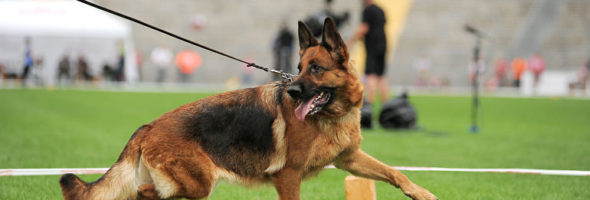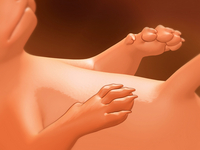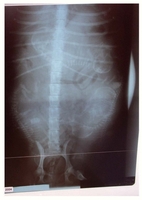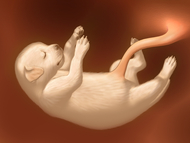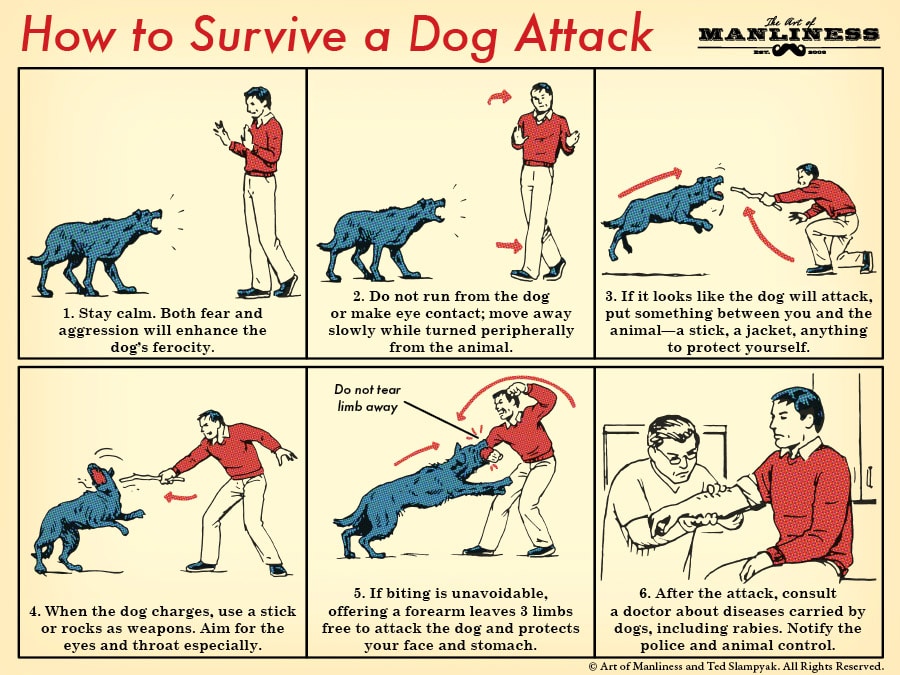
Dogs are truly man’s best friend, and they quickly become members of the family. Unfortunately, dogs do not learn how to properly behave by themselves and require guidance from their owners to train them to be well behaved. Training your dog takes time and above all else, a lot of patience. Dogs depend on humans for love and companionship as well as for their basic needs such as food, water, and shelter. Adding a dog to your family is a big step and long-term commitment. Use this article to help you determine if you are prepared to commit to man’s best friend.
The two essential things that all living things need in order to survive are food and water. Be sure that you establish a feeding routine so your dog can predict meal times. It is also a good idea to monitor how much food your dog eats so you can control your dog’s weight. Also if your dog loses their appetite it could indicate that something is wrong. It is vital to your dog’s health to make sure your dog has free access to water throughout the day. If your dog is outside on a hot day be sure to keep it well-hydrated, and use a plastic water dish instead of a metal one to prevent the bowl from becoming too hot. Keeping your dog well fed and properly hydrated will help to keep your pooch happy and healthy.
It is important that your dog has adequate shelter. Although most people allow their dogs to live in the house like members of the family, some people prefer to have their dogs live outside. Many dog breeds do fine living outdoors but need to be protected from the elements. Providing a doghouse will protect your dog from rain, heat, wind, and snow. Make sure the dog house is not too big so it can retain some heat when the temperature drops and keep your dog warm. A doghouse will provide your dog with shelter and will also double as a safe haven that pets will happily retreat to for safety and security.
Dogs need daily exercise to remain healthy and help burn off pent-up energy. Play in the yard, play at the park, or long walks are good fresh air activities for dogs and their human chaperones. A tired dog is a better behaved dog. Dogs that get regular exercise are less likely to display destructive behaviors.
Dogs require a lot of attention, some breeds more than others, so be sure that you have the time to give to them. Dogs are social pack animals and do not like being left alone for long periods of time. If you live a busy life and are never home, getting a dog is probably not a good fit for you. In contrast, if you are ready to bring a dog into your life, make sure to give it the love and attention it will crave. Dogs want to play, interact and bond with their owners so try to include your dog in your activities and lifestyle as much as possible. A happy, stimulated, active dog is less likely to engage in unwanted behaviors.

